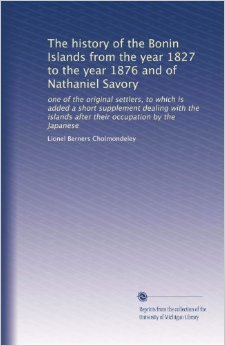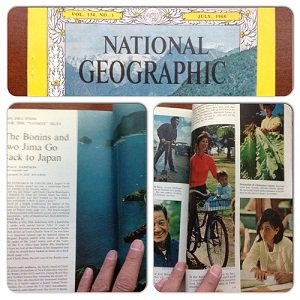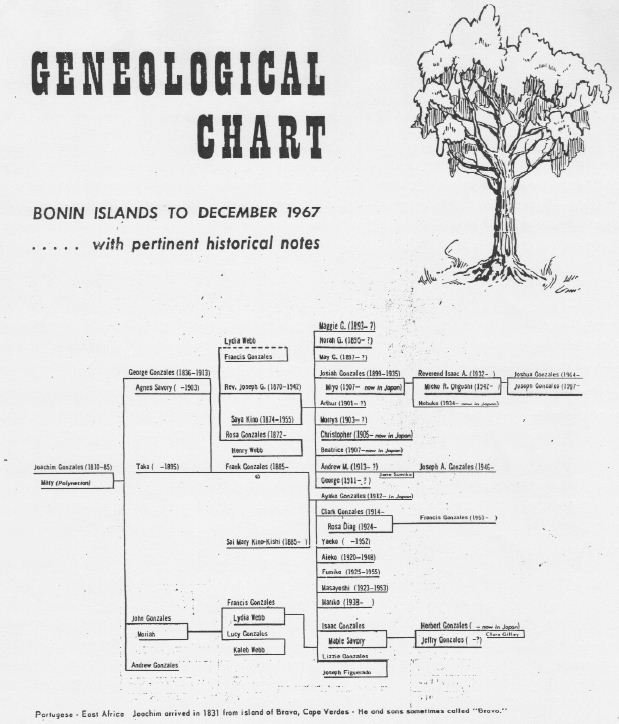For those of you who have been up to par with reading my previous vignettes of the historical Bonin Islands (now known as the Ogasawara Islands) and the descendants of Maria Castro delos Santos, this week's highlight is my recent treasure hunt dig. Just this past Sunday (March 16, 2014), my wife and I stopped by a Saint Vincent de Paul second hand store and I scored a copy of the July 1968 edition of the National Geographic magazine for a whopping thirty-two cents!
I hope to someday write a book from a Chamorro perspective about all this.
Short Chamorro History Version of the Bonin Islands
There is archaeological evidence that supports some type of pre-historical relationship between the Mariana Islands and the Bonin Islands. (Click here to read more about this.)
However, within written history, the Bonin Islands were uninhabited until around 1830 when a group of people from various nationalities and ethnicities (British, American, Italian, Portuguese, Chamorro, Carolinian, Hawaiian Tahitian, etc) colonized those islands.

In 1843, Maria Castro de los Santos, a Chamorro-Spanish young girl, left Guam with her aunt Joaquina de la Cruz and Richard Millinchamp to go to the Bonins. Maria subsequently became the matriarch of the Savory and Mazarro families of the Bonins, for which some of her descendants remain residents to this very day. (Click here to read more about this.)
Claims of sovereignty over the islands varied between Japan, Britain, and the United States. Historical sovereignty during the islands occupation went from the British to the U.S., then to Japan, back to U.S. from World War II, and then the return of the Bonin Islands back to Japan in 1968, which is the gist of the National Geographic article. (Click here to read more about this.)
Prior to Japan's official annexation of the Bonin Islands in 1876, the Islands served as a logistical pitstop for whalers and some naval ships.
This is quite a fascinating story linked to Chamorro identity and people who were torn and separated from being forced by sovereign powers and political decisions, resulting in a hard choice between family, loss of home, and citizenship preference among other things. Some descendants stayed while other families departed to make Guam or the United States their new home.
On a positive note, these families gather for a reunion normally held in Las Vegas, Nevada just about every year. In addition, from some of you following these vignettes I have also been in contact with some of the descendants, and also professors who have written books or manuscripts about the islands, people, culture and language.
Through the help and generosity of Dr. John Wick, M.D., (married to Elsie Savory) he provided a copy of the rare "Geneological Chart: Bonin Islands to December 1967 (with pertinent historical notes)," compiled by Lieutenant Commander Dale Johnson, for the Chamorro Roots Genealogy Project.
I have also had the opportunity via a telephone call to talk with Lorenzo "Larry" Concepcion Cruz (Manggåfan Fungo) who is married to Gail Savory (descendant of Nathaniel Savory and Maria Castro Santos). Sidebar: Larry is a veteran and one of the founding members of the National Organization of Chamorro Veterans in America (NOCVA).



